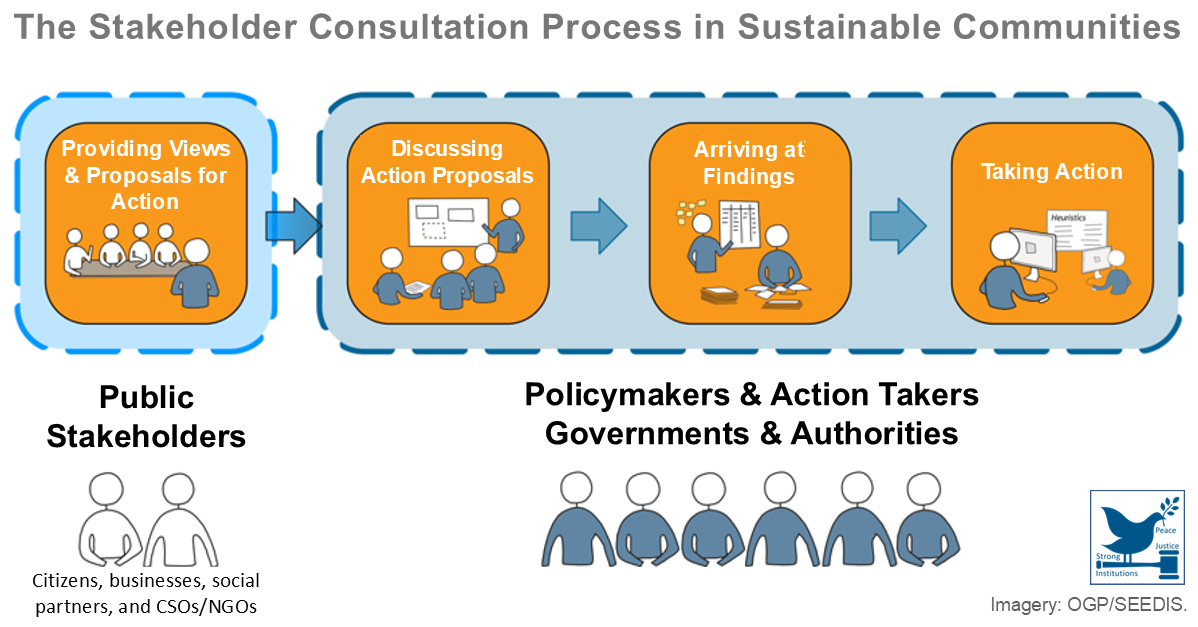In broad terms, an acquisition finance modeled on the LMA template Leveraged Document operates as follows:
- The mandated lead arrangers commit to provide the "certain funds";
- Investors establish the "Parent" and contribute equity to it by subscribing for its shares and granting the Parent a loan evidenced by loan notes;
- The Parent establishes the "Company" ("NewCo") and subscribes for its shares;
- The Parent downstreams a structural intra-group loan to the Company;
- The “Borrower” and “Guarantors” (“Obligors”) deliver the transaction security documents to the “Agent” and the “Security Agent” on behalf of the "Senior Lenders" and the "Mezzanine Lenders" in satisfaction of conditions precedent to transaction completion;
- The Parent provides to the Security Agent the warrant documents as security for the benefit of the Mezzanine Lenders;
- Senior Lenders and the Mezzanine Lenders advance to the Company the senior and mezzanine facilities to pay for the acquisition of the "Target";
- NewCo completes the acquisition using the proceeds of the senior and mezzanine loans as well as the structural intra-group loan from the Parent;
- NewCo utilizes ancillary facilities when necessary, deducted from the revolving facility commitment of the respective “Ancillary Lender”;
- NewCo enters into arrangements to hedge interest rate and/or exchange rate risks in relation to senior and mezzanine loans with “Hedge Counterparties”, ranking pari passu; and
- The Parent issues to the Vendor of the Target the vendor note, which defers a proportion of the acquisition price.


Leave A Comment
You must be logged in to post a comment.